Home>Garden Essentials>How To Save Snapdragon Seeds


Garden Essentials
How To Save Snapdragon Seeds
Modified: March 16, 2024
Learn how to save Snapdragon seeds in your garden. Get expert tips and techniques for preserving these beautiful flowers for future seasons.
(Many of the links in this article redirect to a specific reviewed product. Your purchase of these products through affiliate links helps to generate commission for Storables.com, at no extra cost. Learn more)
Introduction
Welcome to the wonderful world of gardening! If you’re a gardening enthusiast or even if you’re just starting out, one of the most rewarding experiences is growing plants from seeds. Not only does it give you a sense of accomplishment, but it also allows you to nurture the plants right from their earliest stages.
If you have a fondness for snapdragons (Antirrhinum), you may be interested in saving their seeds to grow new plants in the future. Snapdragons are beautiful, charming flowers that come in a variety of colors and can add a pop of vibrancy to any garden. By saving the seeds from your existing snapdragons, you can continue to enjoy these lovely flowers year after year without having to purchase new plants.
In this guide, we will walk you through the process of saving snapdragon seeds. From harvesting the seeds to storing them properly and finally planting them, we will provide you with all the information you need to successfully save and grow snapdragons from seeds.
But before we jump into the process, let’s take a moment to gather the necessary equipment.
Key Takeaways:
- Save snapdragon seeds to grow beautiful flowers year after year. Gather, harvest, dry, and store seeds for successful planting. Enjoy the vibrant blooms and continue the cycle of growth.
- With proper equipment and care, anyone can save and grow snapdragon seeds. Follow the steps to harvest, prepare, store, and plant seeds for a flourishing garden.
Read more: How To Sow Snapdragon Seeds
Step 1: Gathering Equipment
Before you begin the process of saving snapdragon seeds, it’s important to make sure you have the right equipment on hand. Having the proper tools will not only make the process easier, but it will also help ensure the seeds are not contaminated or damaged during harvesting. Here are some essential items you will need:
- Gloves: It’s always a good idea to wear gloves while working with seeds to protect your hands and prevent any unwanted oils or substances from coming into contact with the seeds.
- Pruning shears or scissors: You will need a sharp pair of pruning shears or scissors to carefully cut the snapdragon seed heads from the plants. Make sure the blades are clean and sanitized to avoid any potential contamination.
- Collection container: Find a clean and dry container to collect the snapdragon seed heads. A small paper bag or an empty seed packet can work well for this purpose.
- Labeling materials: To keep track of the different snapdragon varieties, it’s important to label your seeds properly. Use waterproof markers or adhesive labels to indicate the variety and the date of collection.
- Drying materials: After harvesting the snapdragon seed heads, you will need a drying agent, such as silica gel packets or rice, to remove moisture from the seeds. These drying materials will prevent mold or fungal growth and help maintain seed viability.
- Storage containers: Once the seeds are properly dried, you will need airtight containers to store them. Small glass jars or plastic bags with ziplock closures are ideal for this purpose.
By having these essential tools and materials ready, you’ll be well-prepared to proceed with the next steps of harvesting and saving your valuable snapdragon seeds.
Step 2: Harvesting Snapdragon Seeds
Now that you have gathered your equipment, it’s time to harvest the snapdragon seeds. Harvesting the seeds at the right time is crucial for their viability and successful germination. Follow these steps to ensure you collect the seeds at the optimal stage:
- Observe the flowers: Keep a close eye on your snapdragon plants as they start to fade and form seed heads. The petals will begin to wither and fall off, and the seed heads will start to dry out. This is an indication that the seeds are maturing.
- Inspect the seed heads: Once you notice the seed heads turning brown and drying, examine them closely. The seed heads typically have several compartments, each containing multiple seeds. Wait until the seed heads are completely dry before proceeding with the harvest.
- Cut the seed heads: Using your pruning shears or scissors, carefully cut the snapdragon seed heads from the plant. Make sure to leave a small portion of the stem attached to the seed head to make handling easier.
- Collect the seeds: Gently tap or shake the seed heads over your collection container to release the seeds. You may need to separate the seeds from the chaff or debris, depending on the condition of the seed heads.
It’s important to note that snapdragon seeds are small and may be difficult to handle. Take your time and work in a well-lit and clean area to prevent the loss of any valuable seeds. Remember to keep track of the different varieties, labeling each batch as you collect them.
With the snapdragon seeds successfully harvested, it’s time to prepare them for storage. This will ensure their long-term viability and increase the chances of successful germination in the future. Let’s move on to the next step: preparing the seeds for storage.
Step 3: Preparing the Seeds for Storage
After harvesting the snapdragon seeds, it’s important to properly prepare them for storage. This step ensures that the seeds remain viable and have the best chance of germination when it’s time to plant them. Follow these guidelines to prepare your snapdragon seeds for long-term storage:
- Remove debris: Begin by removing any remaining chaff or debris from the collected seeds. You can do this by gently blowing on the seeds or using a fine sieve to separate the unwanted materials.
- Dry the seeds: Moisture is one of the biggest enemies of seed storage, as it can lead to fungal growth and reduce seed viability. To remove any residual moisture, place the seeds in a drying agent, such as silica gel packets or rice. These drying agents will help absorb moisture and keep the seeds dry. Leave the seeds in the drying agent for a few days, ensuring they are completely dry before proceeding to the next step.
- Inspect for damage or disease: Take a close look at the snapdragon seeds and discard any damaged, discolored, or distorted seeds. These seeds are unlikely to germinate and can potentially spread diseases or pests to your future plants. Remove any questionable seeds to ensure you are only storing healthy and viable ones.
- Label and package: Once you have selected the healthy and dry snapdragon seeds, it’s time to label and package them properly. Use waterproof markers or adhesive labels to clearly indicate the variety and the date of collection on the storage containers. This will help you identify the seeds easily in the future.
By following these steps, you are setting yourself up for success when it comes to storing and germinating your snapdragon seeds. Properly prepared seeds have a longer shelf life and a higher chance of successful germination in the future. Now, let’s move on to the next step: storing the snapdragon seeds.
After the snapdragon flowers fade, allow the seed pods to dry on the plant. Once the pods turn brown and start to open, collect the seeds and store them in a cool, dry place for planting next season.
Step 4: Storing Snapdragon Seeds
Proper storage is essential to maintain the viability of snapdragon seeds over an extended period. By providing the right conditions, you can ensure that your seeds remain dormant and ready for germination when the time is right. Follow these steps to store your snapdragon seeds effectively:
- Choose the right containers: Select airtight containers that will prevent moisture and air from entering. Small glass jars or resealable plastic bags with ziplock closures are ideal for storing snapdragon seeds. Make sure the containers are clean and dry before use.
- Prepare the containers: If using glass jars, sterilize them by washing with warm soapy water and rinsing thoroughly. If using plastic bags, ensure they are food-grade and in good condition.
- Place the seeds in containers: Transfer the prepared snapdragon seeds into the storage containers. Fill the containers about three-quarters full, leaving some room for air circulation.
- Add desiccants: To further prevent moisture buildup, you can add moisture-absorbing desiccants like silica gel packets or powdered milk to the storage containers. These desiccants will help maintain low humidity levels and protect the seeds from fungal growth.
- Store in a cool and dry location: Find a cool and dry place to store the containers of snapdragon seeds. A dark, well-ventilated cupboard or refrigerator works well. Avoid storing the seeds in areas prone to temperature fluctuations or high humidity, such as basements or bathrooms.
Remember to label the containers with the variety and the date of collection. This will help you keep track of the seeds and ensure you use them within their viability period. Different snapdragon varieties have varying seed shelf lives, but properly stored snapdragon seeds can remain viable for several years.
Now that your snapdragon seeds are safely stored, it’s important to periodically check on their viability. Let’s move on to the next step: monitoring and maintaining seed viability.
Read more: When To Plant Snapdragon Seeds
Step 5: Monitoring and Maintaining Seed Viability
Monitoring and maintaining seed viability is crucial to ensure the success of your saved snapdragon seeds. Over time, the viability of seeds naturally decreases, but with proper care, you can extend their shelf life. Follow these steps to monitor and maintain the viability of your snapdragon seeds:
- Regular viability testing: Periodically test the viability of your stored snapdragon seeds to determine if they are still capable of germination. One common method is the “paper towel test.” Moisten a paper towel, place a few seeds on it, fold the towel, and keep it in a warm location. Check the seeds after a week to see how many have germinated. If the germination rate is low, it may be time to consider collecting fresh seeds.
- Rotate seeds: If you have multiple batches of snapdragon seeds stored, consider rotating them each year. Use the older seeds first and save the new batches for future use. This will help ensure that you are always using the freshest and most viable seeds.
- Proper temperature and humidity: Maintain a consistent and moderate temperature and humidity level in the storage area. Avoid exposing the seeds to extreme temperature fluctuations or high humidity, as this can reduce their viability. Regularly check the storage containers for any signs of moisture or mold and promptly address any issues.
- Check for pests: Routinely inspect your stored snapdragon seeds for any signs of pests or insect activity. Common seed pests like weevils or moths can damage the seeds and reduce viability. If you notice any signs of infestation, discard the affected seeds and take measures to prevent further damage.
- Record keeping: Keep a record of the seed viability testing results and the lifespan of your snapdragon seed batches. This will help you track the longevity of different varieties and plan for future seed harvests.
By regularly monitoring the viability of your snapdragon seeds and providing them with optimal storage conditions, you can ensure a higher success rate when it comes to germination. Now, let’s move on to the final step: planting your snapdragon seeds.
Step 6: Planting Snapdragon Seeds
After going through the process of saving and storing your snapdragon seeds, it’s time to put them to use by planting them and watching them grow into beautiful flowering plants. Follow these steps to successfully plant your snapdragon seeds:
- Select the planting location: Choose a well-drained area in your garden or a container with proper drainage for planting your snapdragon seeds. Snapdragons prefer full sun or partial shade, so select a spot that receives adequate sunlight for at least a few hours each day.
- Prepare the soil: Before planting, prepare the soil by removing any weeds, rocks, or debris. Loosen the soil using a garden fork or tiller and amend it with organic matter, such as compost or well-rotted manure, to improve fertility and drainage.
- Sow the seeds: Sow the snapdragon seeds directly into the prepared soil at a depth of about 1/4 inch. If using containers, fill them with a quality seed-starting mix and place 1-2 seeds in each container. Gently press the seeds into the soil or mix, ensuring good seed-to-soil contact.
- Water and keep moist: After sowing the seeds, water the area or containers gently but thoroughly. Keep the soil consistently moist throughout the germination period, which usually takes about 10-14 days. Avoid overwatering, as it can lead to rot or fungal diseases.
- Thin and space the seedlings: Once the seedlings have emerged, thin them if necessary to provide adequate spacing. Snapdragons require about 8-12 inches of spacing between plants to allow for proper growth and airflow.
- Maintain care: Regularly water the plants to keep the soil evenly moist, especially during dry periods. Apply a balanced fertilizer every 4-6 weeks to promote healthy growth and blooming. Monitor for pests and diseases and take appropriate measures to prevent or treat any issues that arise.
- Enjoy the blooms: As your snapdragon plants mature, they will reward you with gorgeous blooms in a variety of colors. Depending on the variety, they usually start flowering in late spring or early summer and continue through the fall. Deadhead the spent blooms to encourage continuous flowering.
With proper care and maintenance, your snapdragons will thrive and delight you with their vibrant and long-lasting blooms. Remember to save some of the flowers for seed harvesting in the future to continue the cycle of growing snapdragons from seeds.
Congratulations on successfully saving, storing, and planting your snapdragon seeds! Enjoy the beauty and rewards of your efforts as your snapdragon garden flourishes with these delightful and enchanting flowers.
Finally, remember to experiment, have fun, and continue to explore the world of gardening. Happy growing!
Conclusion
Congratulations! You have now learned how to save snapdragon seeds and unlock the joy of growing these beautiful and vibrant flowers in your garden. By following the steps outlined in this guide, you can successfully harvest, prepare, store, and plant snapdragon seeds with confidence.
Saving snapdragon seeds allows you to preserve your favorite varieties and save money on purchasing new plants every year. It also gives you the opportunity to experiment with different growing conditions, hybridization, and seed saving techniques to create unique variations of snapdragons.
Remember, the key to successful seed saving lies in proper equipment, timing, and preparation. Gather the necessary tools, including gloves, pruning shears or scissors, collection containers, labeling materials, drying agents, and storage containers. Pay attention to the signs of maturity in the snapdragon plant, harvest the seed heads when they are dry, and carefully collect the seeds.
Prepare the seeds for storage by removing debris, drying them thoroughly, inspecting them for damage or disease, and labeling them properly. Choose airtight containers and store them in a cool, dry place to maintain their viability. Regularly monitor the seed viability by conducting germination tests and rotate your seed batches to ensure freshness.
When it’s time to plant your snapdragon seeds, select an appropriate location, prepare the soil, sow the seeds, and provide adequate water and care. Thin and space the seedlings as they grow and enjoy the beauty of snapdragon blooms in your garden throughout the season.
Remember, gardening is both an art and a science. Embrace the process, learn from your experiences, and have fun with experimentation. As you continue to save snapdragon seeds, you will not only deepen your connection with nature but also contribute to the preservation of these stunning flowers for generations to come.
So go ahead, get your gardening gloves on, and embark on this rewarding journey of saving and growing snapdragon seeds. Happy gardening!
Frequently Asked Questions about How To Save Snapdragon Seeds
Was this page helpful?
At Storables.com, we guarantee accurate and reliable information. Our content, validated by Expert Board Contributors, is crafted following stringent Editorial Policies. We're committed to providing you with well-researched, expert-backed insights for all your informational needs.
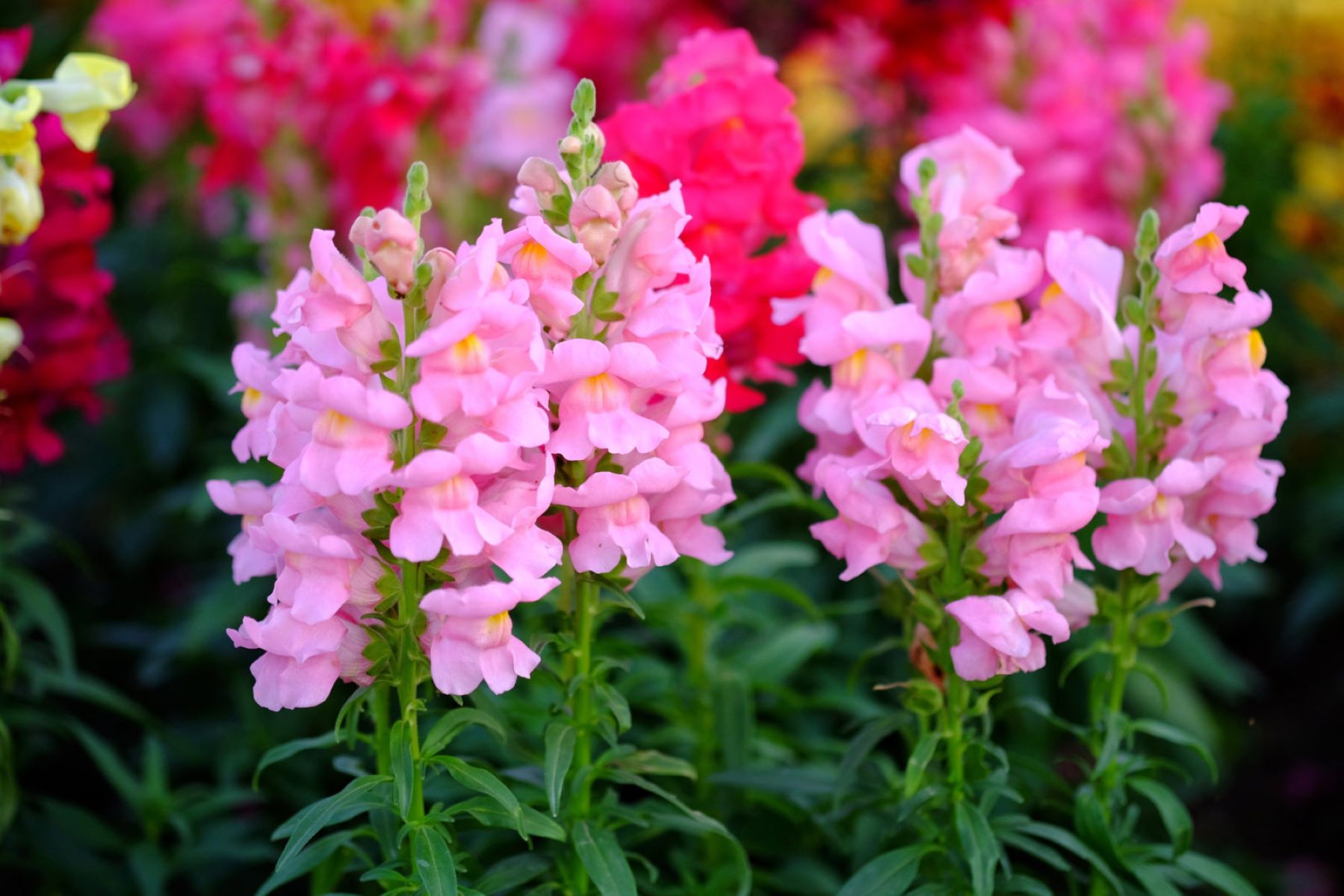
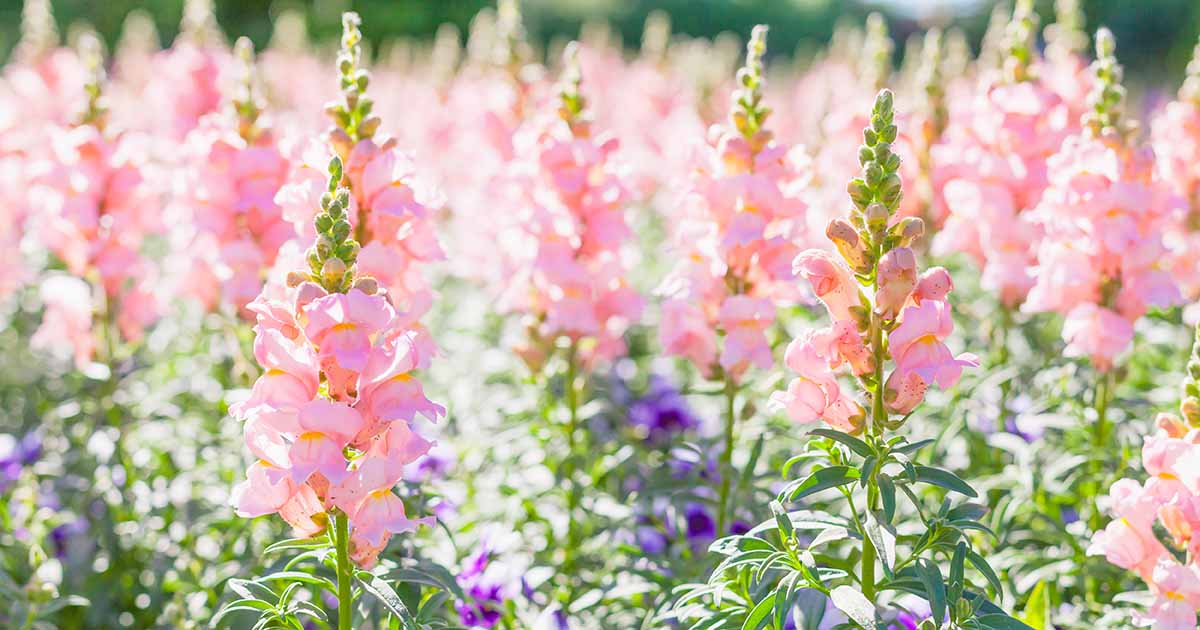
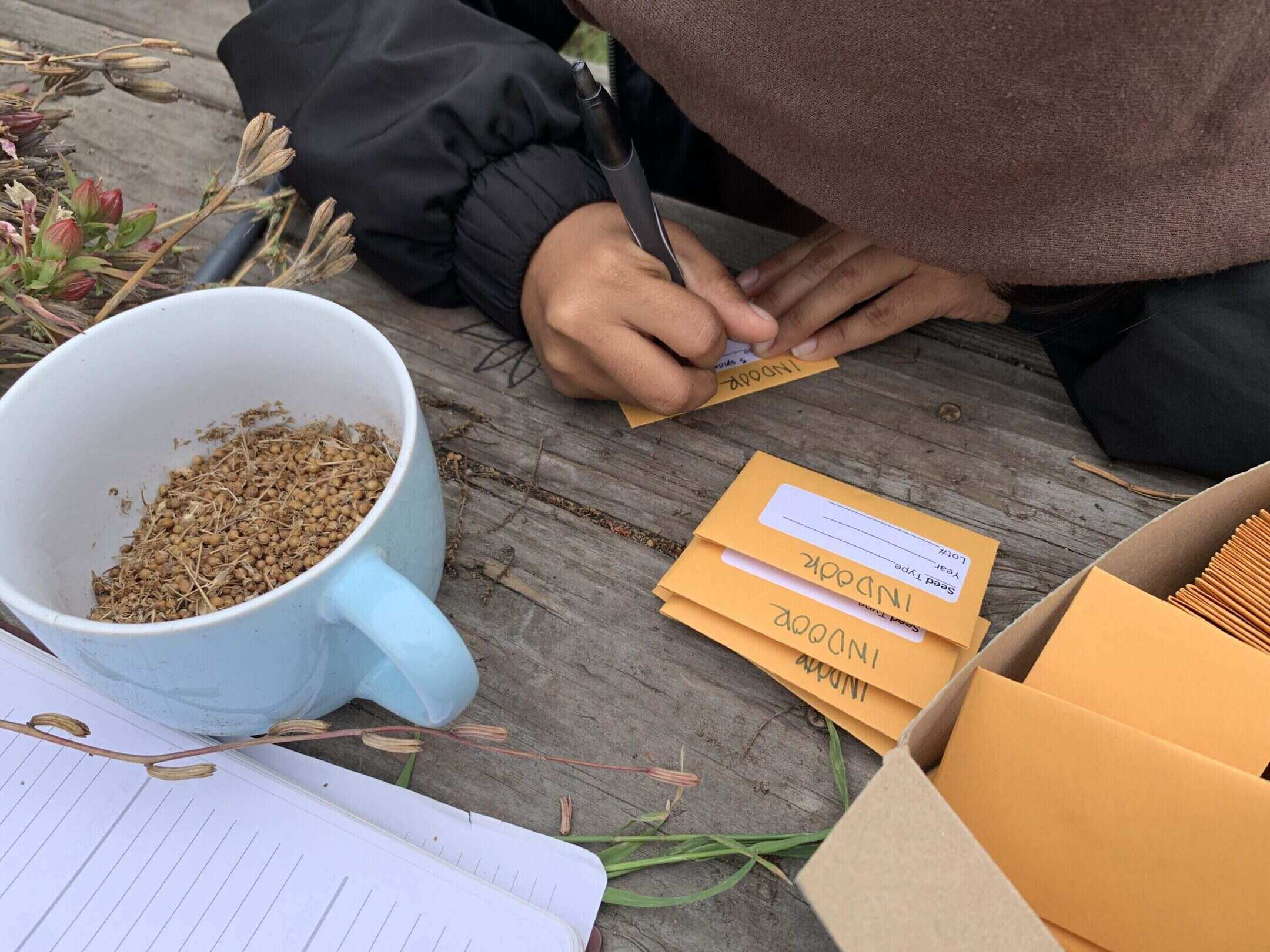
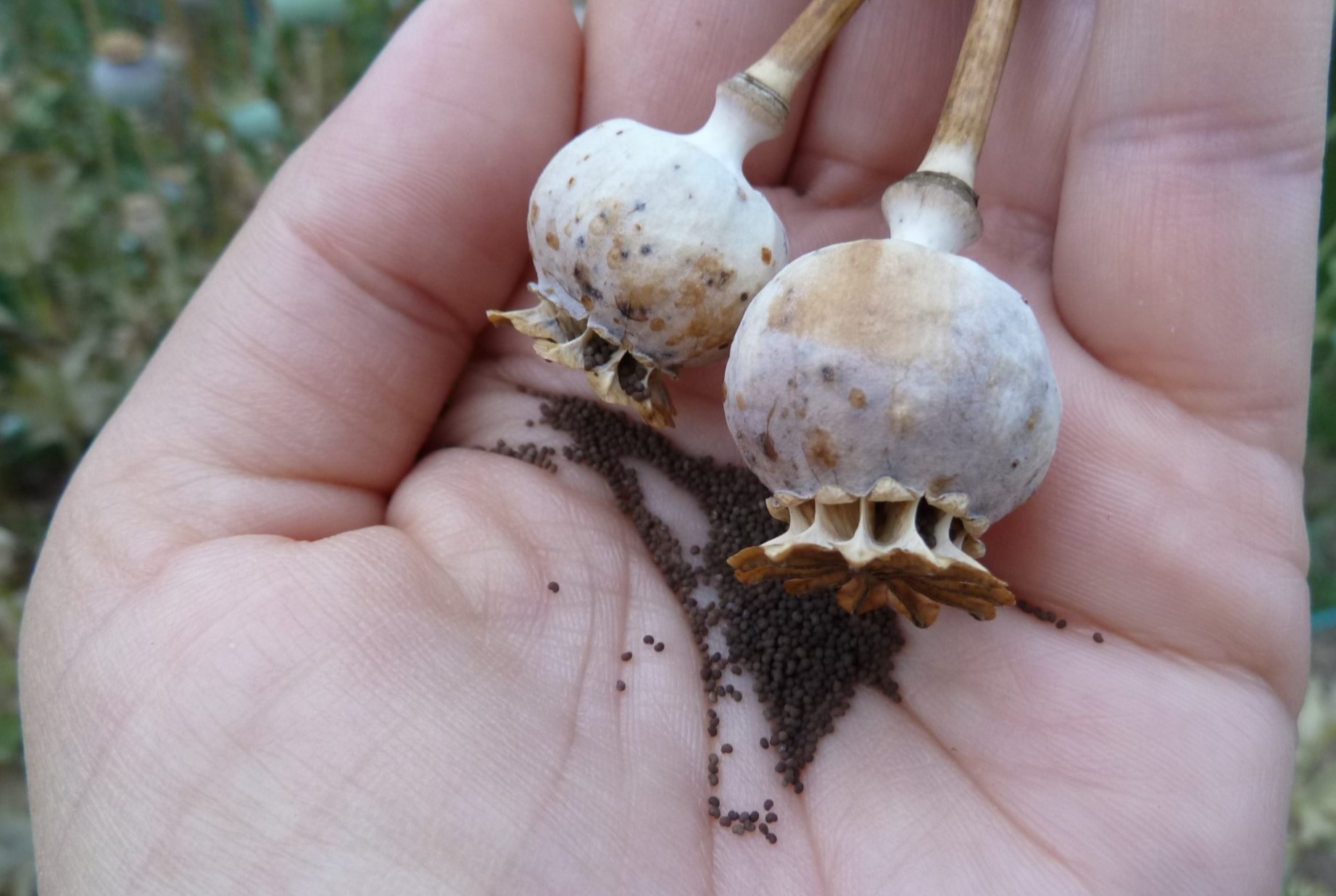
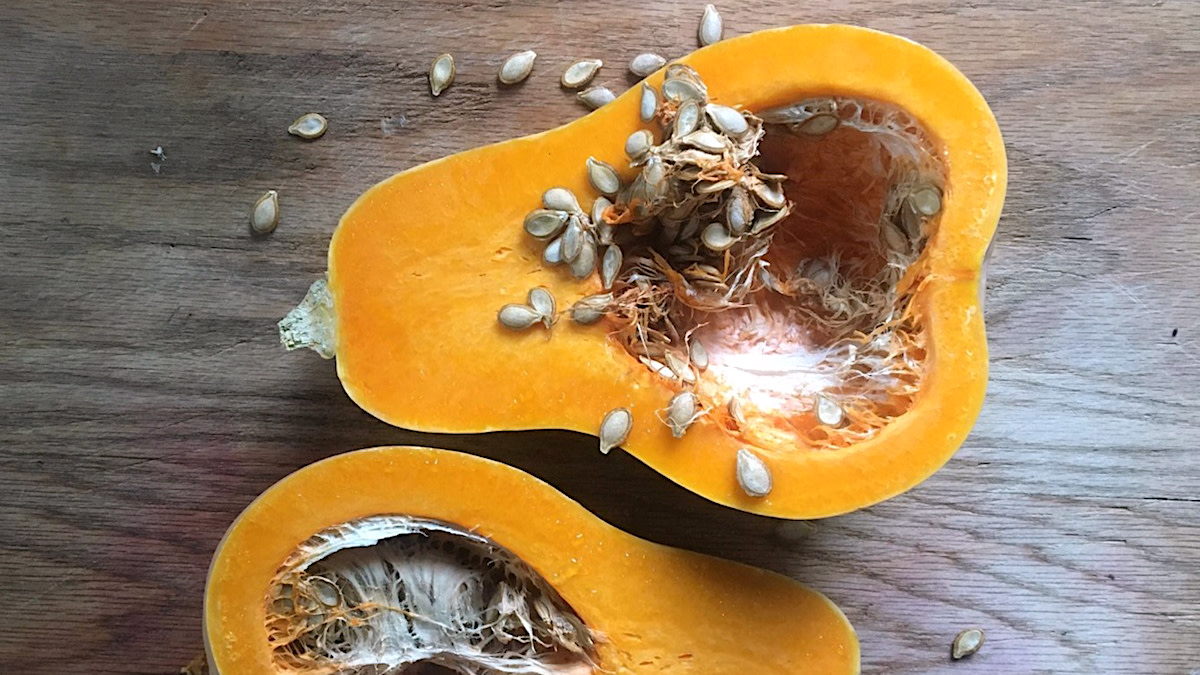
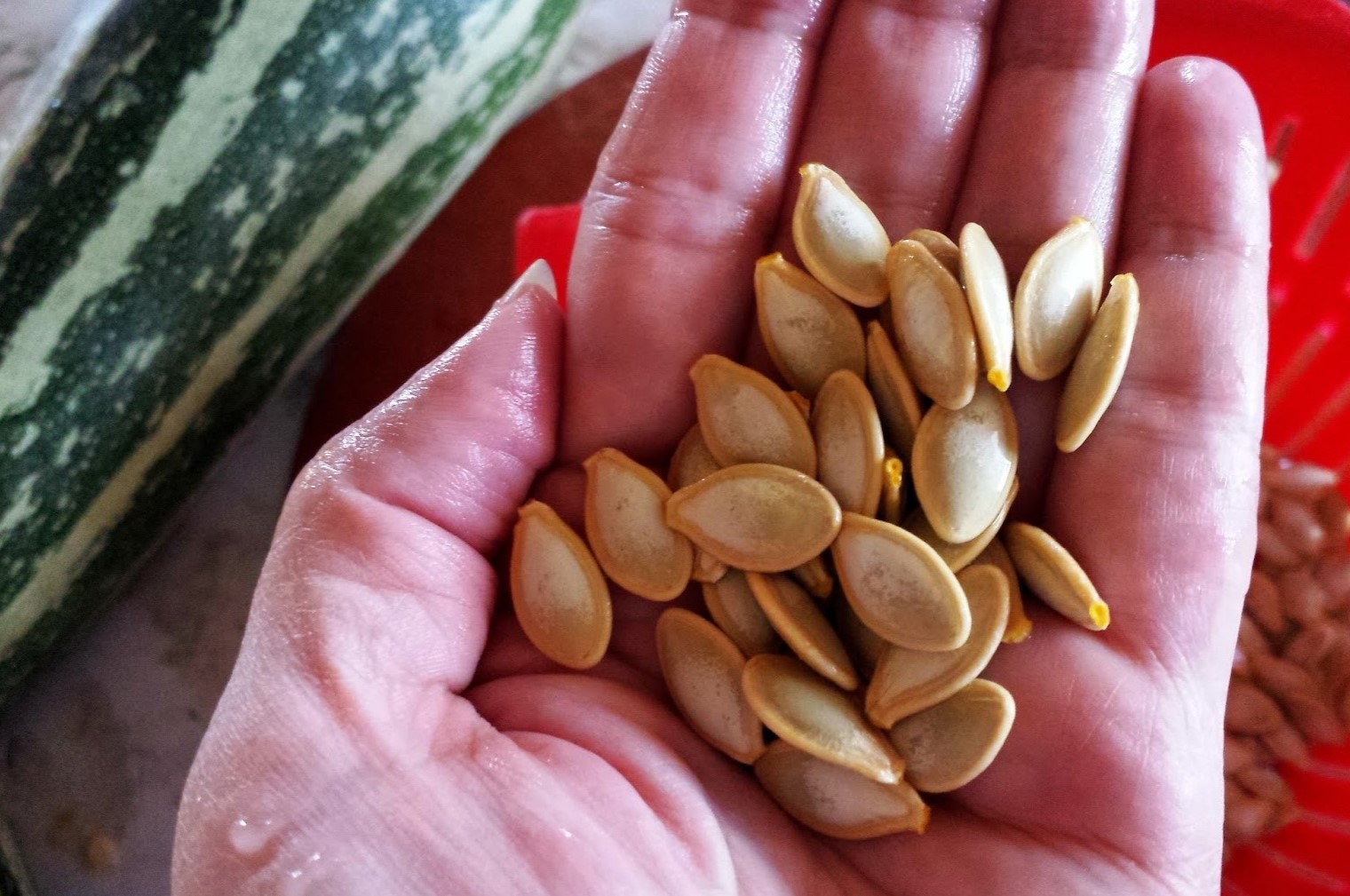
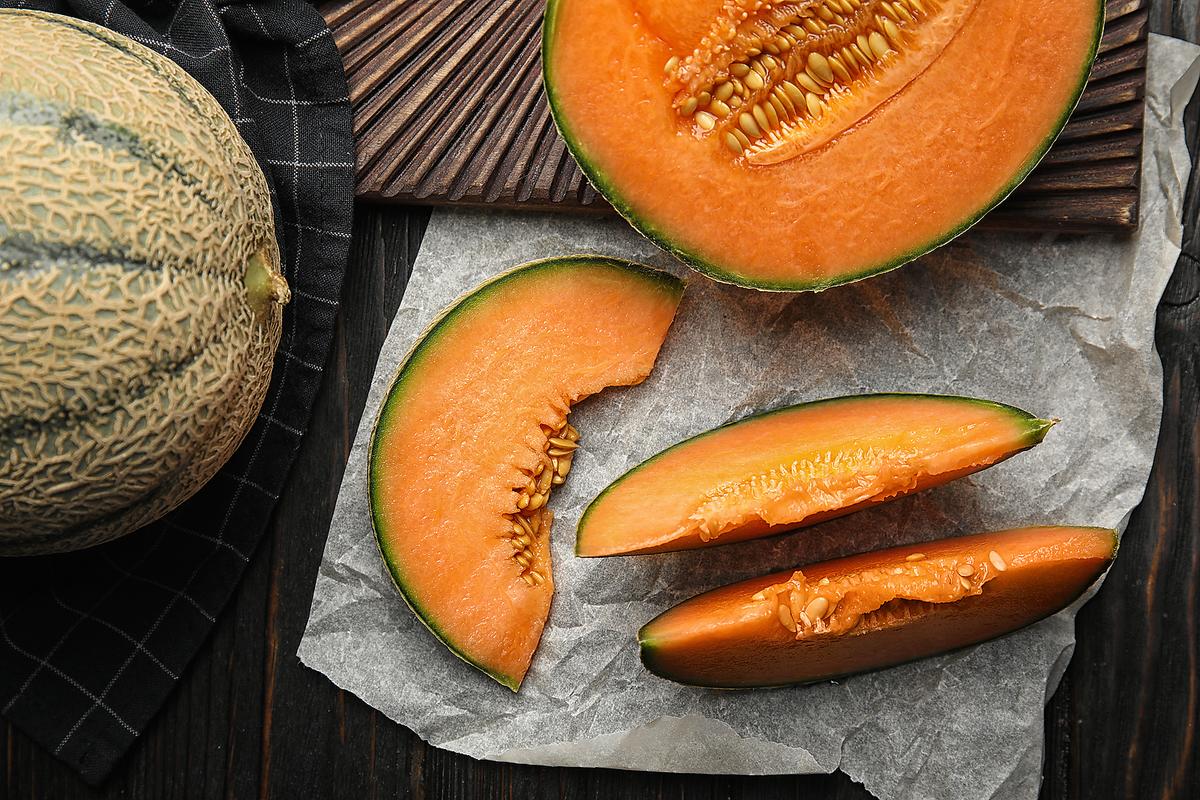
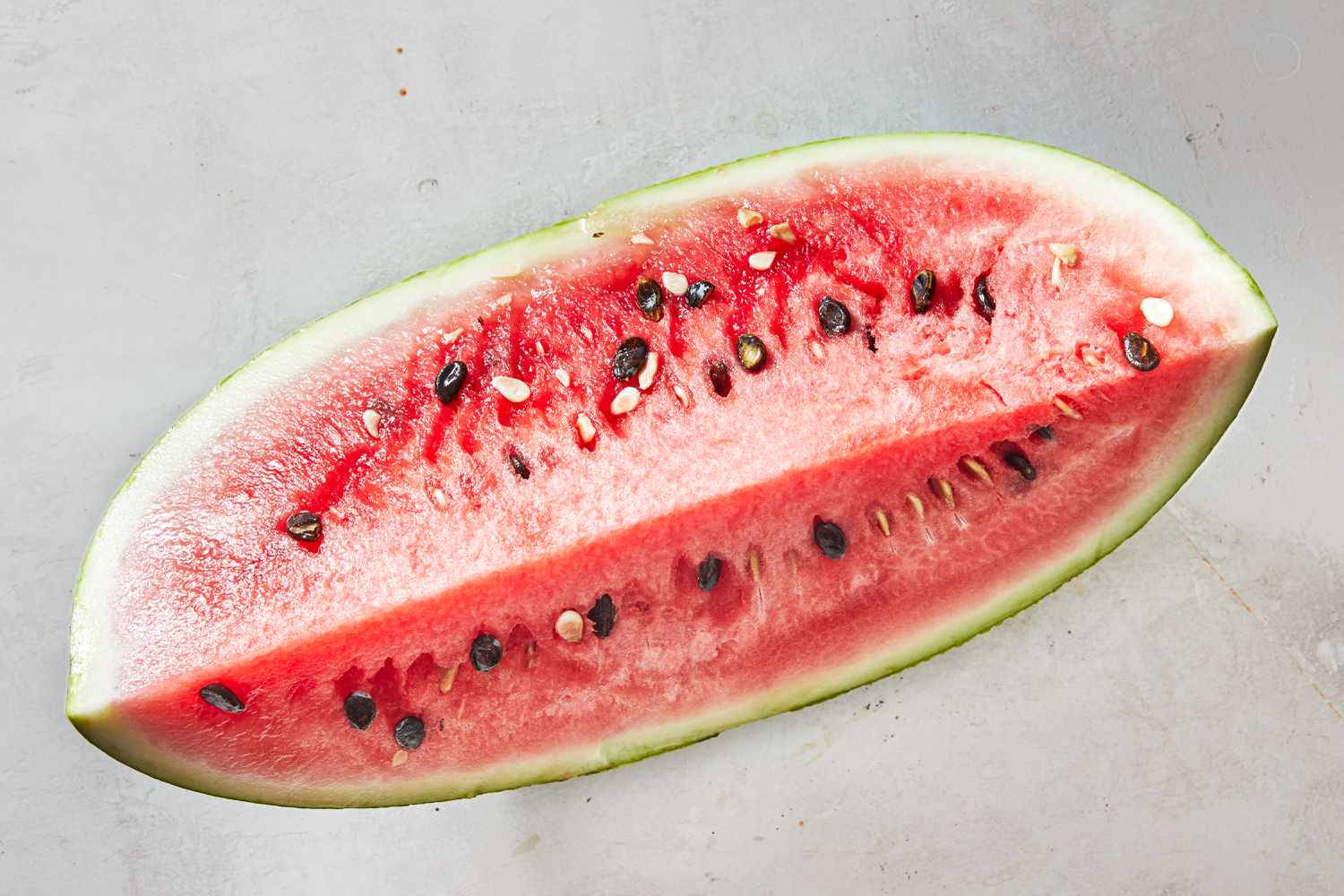
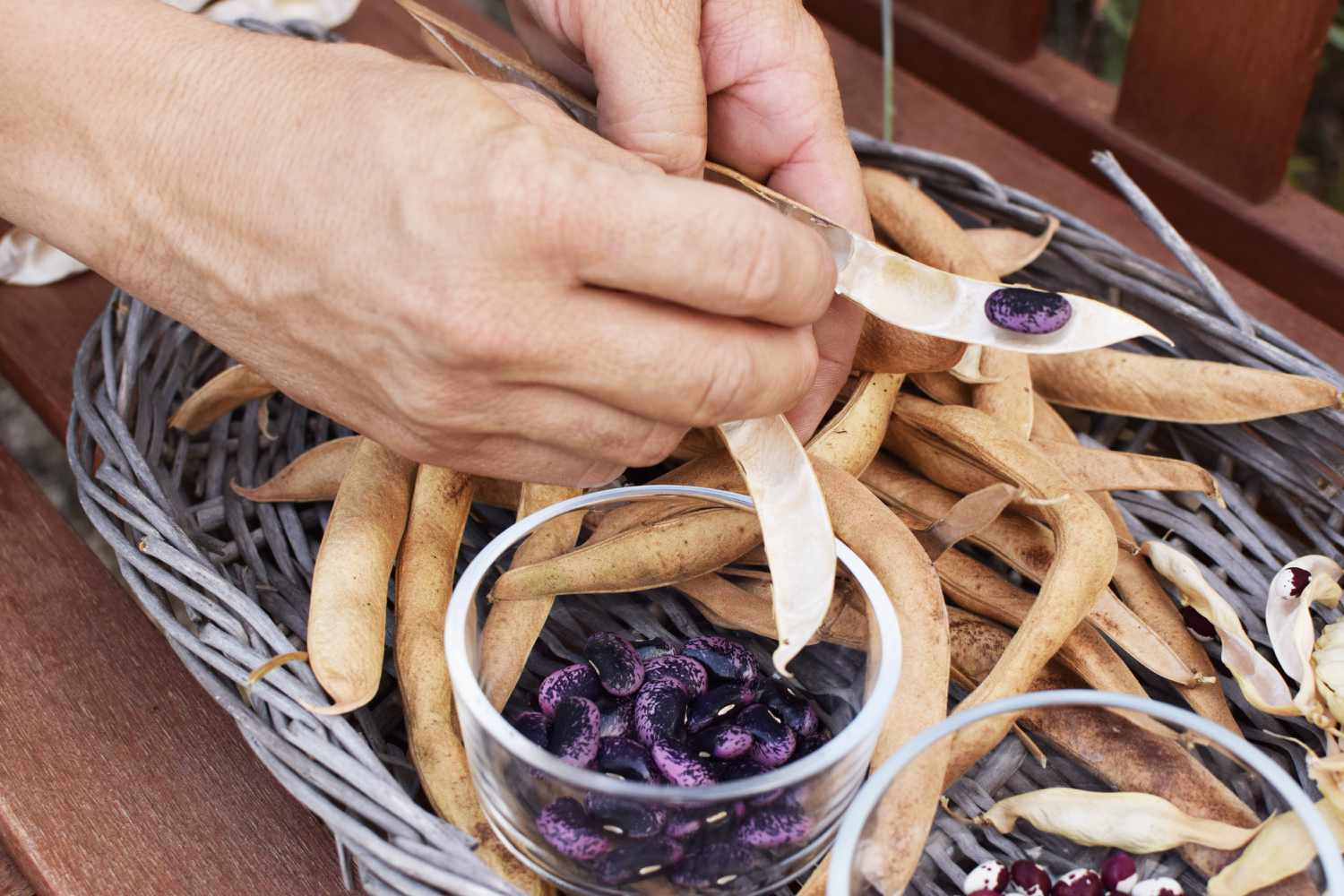
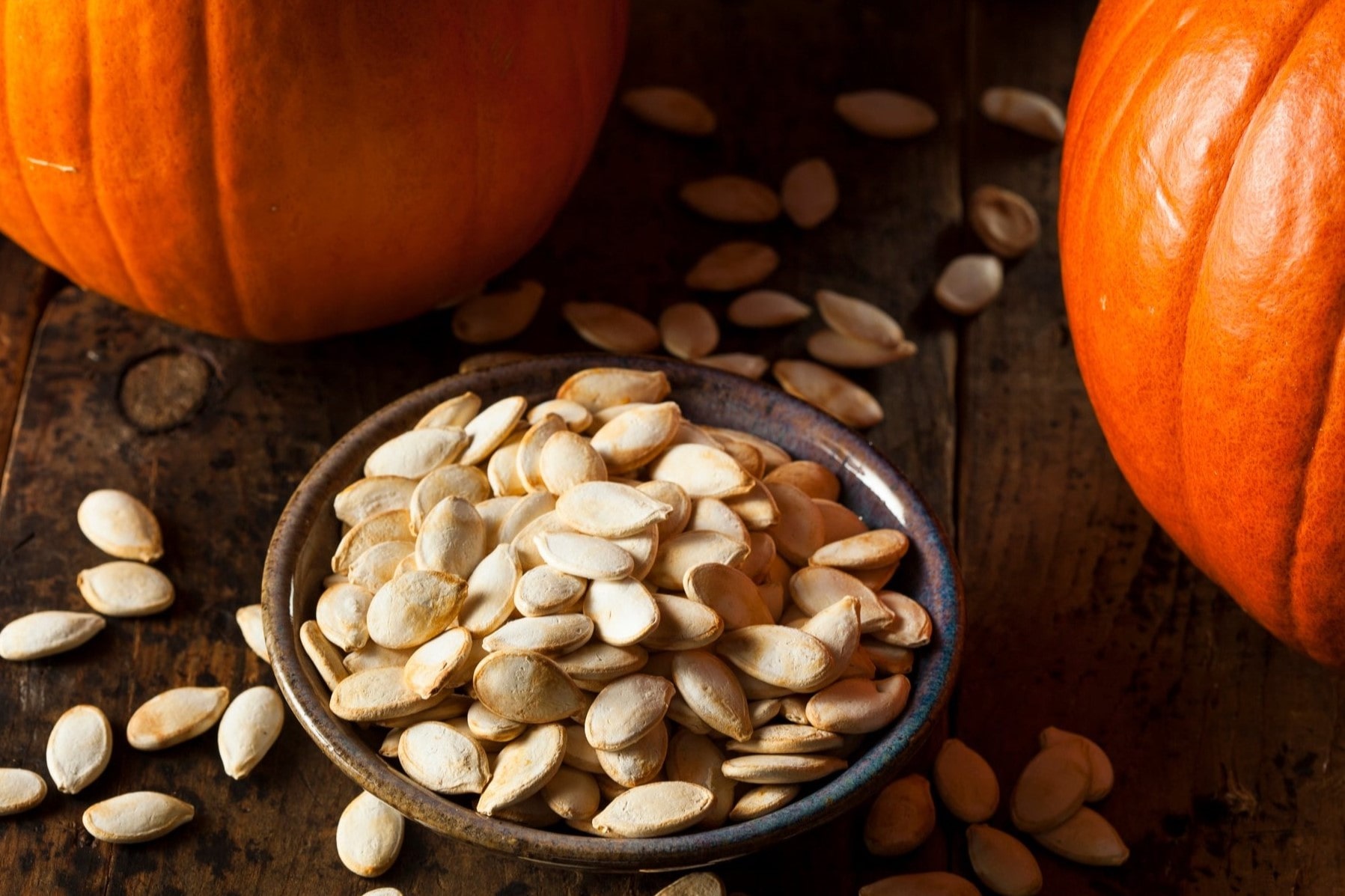

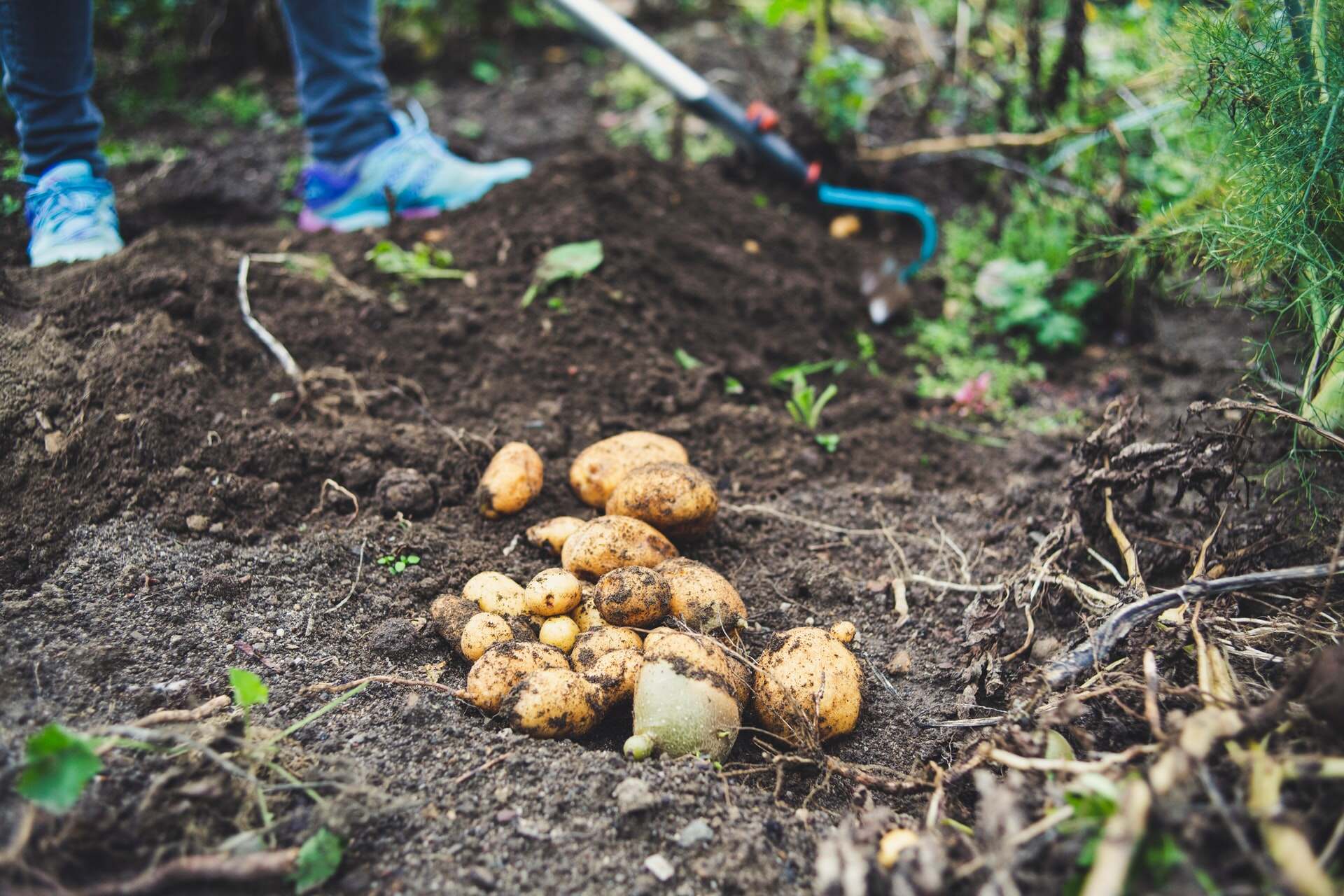
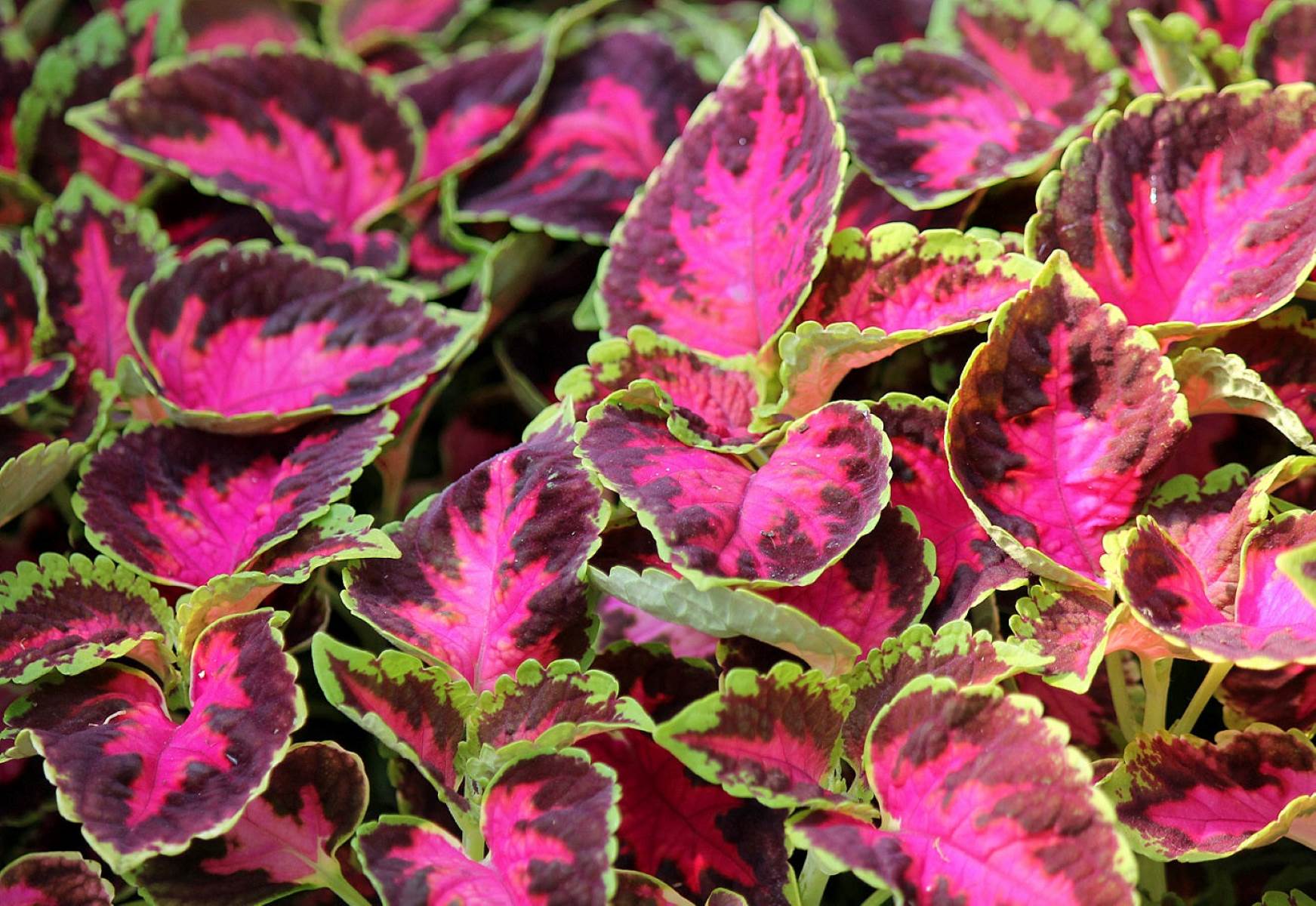
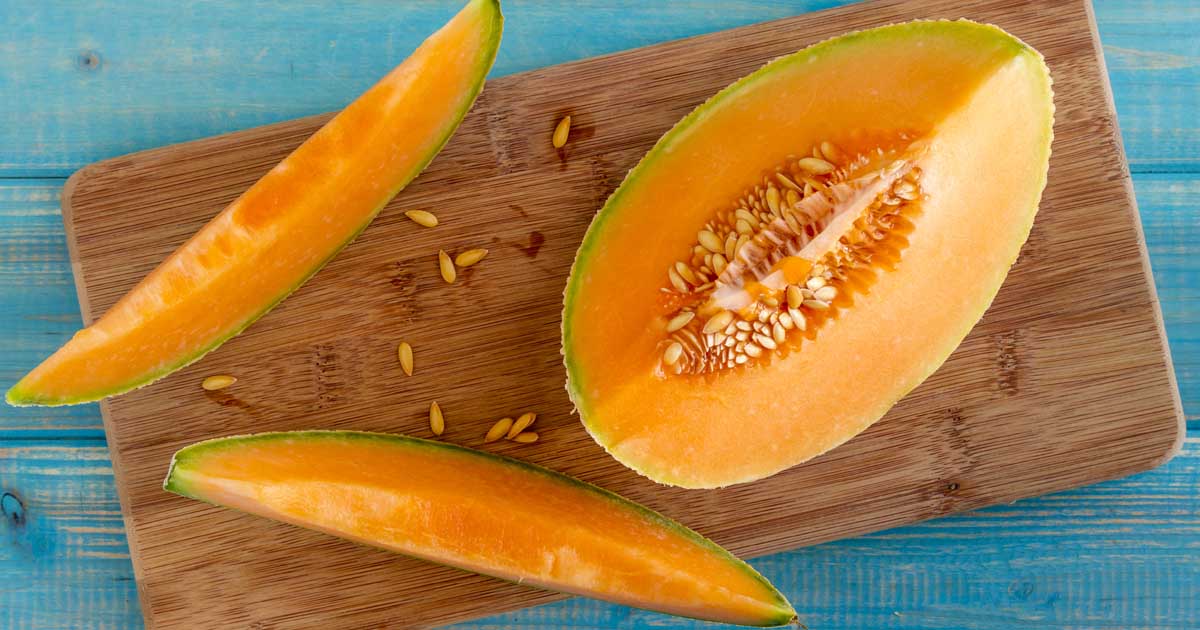

0 thoughts on “How To Save Snapdragon Seeds”